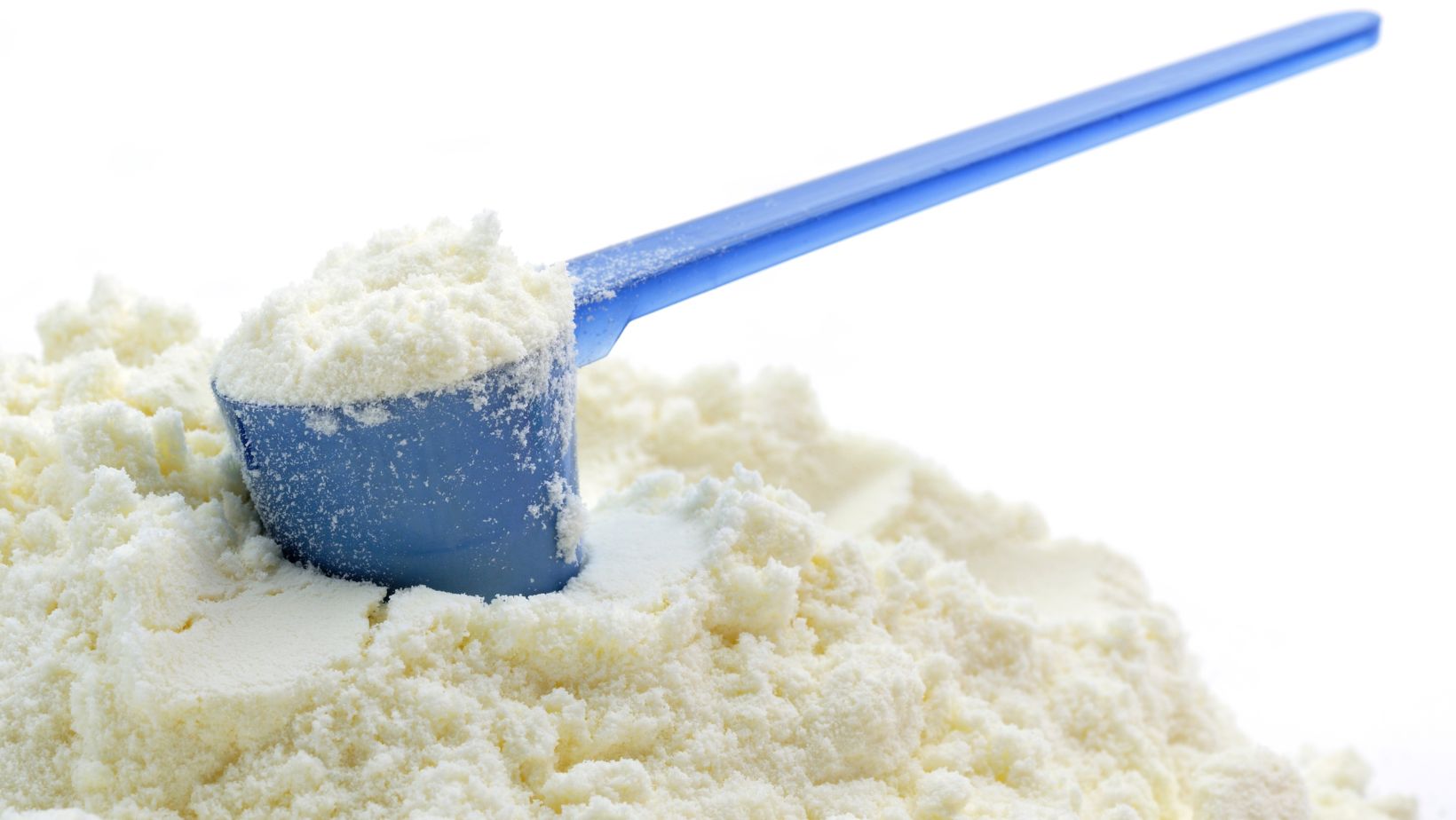The history of baby formula is a fascinating journey that reflects societal changes, scientific advancements, and the evolving role of women in the family and workforce. While breastfeeding has been the traditional method of infant feeding throughout history, various factors have led to the development and widespread use of baby formula. This article explores the origins, evolution, and impact of baby formula on infant nutrition and parenting practices.
Ancient Practices
Historically, breastfeeding was the sole method of nourishing infants. Wet nursing, where a lactating woman breastfeeds another woman’s child, was a common practice in ancient cultures. For mothers unable to breastfeed, alternative feeding methods involved animal milk, honey, or various gruels. However, these alternatives often fell short of providing the necessary nutrients for a growing infant.
Industrial Revolution and the Rise of Artificial Feeding
The 19th century marked a significant shift in societal structures with the advent of the Industrial Revolution. As women increasingly entered the workforce, the demand for a reliable alternative to breastfeeding became apparent. The first commercially available infant formulas emerged during this period, often consisting of a mix of cow’s milk, water, and sugar. However, these early formulas were far from perfect, lacking essential nutrients and sometimes causing digestive issues.
Scientific Advances in the 20th Century
The early 20th century witnessed substantial advancements in the understanding of infant nutrition. Scientists began isolating specific nutrients crucial for infant development, such as proteins, fats, and vitamins. This knowledge paved the way for the development of more sophisticated and nutritionally balanced formula products. The 1920s saw the introduction of evaporated milk-based formulas, a significant improvement in terms of safety and nutritional content.
Post-World War II Era and Formula Innovations
The aftermath of World War II brought about further innovations in baby formula. Advances in food technology led to the development of powdered formulas, which increased convenience for parents.

Additionally, the introduction of soy-based formulas provided an alternative for infants with lactose intolerance or milk allergies. Formula companies also began marketing their products more aggressively, contributing to the normalization of formula feeding.
Formula Feeding Becomes Mainstream
The latter half of the 20th century saw a substantial increase in the acceptance and popularity of formula feeding. Cultural shifts, coupled with the endorsement of formula feeding by medical professionals, contributed to its widespread adoption. Formula feeding became a symbol of modernity and convenience, giving mothers more flexibility in their lifestyles.
Controversies and Criticisms
Despite its widespread use, baby formula has not been without controversy. In the late 20th century, formula companies faced criticism for aggressive marketing tactics, particularly in developing countries where breastfeeding was culturally prevalent. Moreover, debates emerged about the health implications of formula feeding compared to breastfeeding, with studies highlighting the unique benefits of breast milk.
Ongoing Debates
In the 21st century, the controversies surrounding baby formula persist, with new debates emerging in the face of evolving societal norms and scientific discoveries. One major issue revolves around the ethical practices of formula companies, especially in terms of marketing and promotion. Concerns have been raised about the aggressive promotion of formula in ways that may undermine breastfeeding, leading to calls for stricter regulations. Additionally, discussions on environmental sustainability have gained prominence, with a growing awareness of the carbon footprint associated with formula production and packaging. The ongoing discourse emphasizes the importance of balanced and evidence-based information for parents, encouraging a holistic approach that considers both the nutritional needs of infants and the broader impact of formula feeding on individuals and the planet. As we navigate these contemporary challenges, the history of baby formula serves as a valuable lens through which we can better understand and address the complexities of infant feeding practices in the modern world.

In recent years, the baby formula industry faced a significant legal challenge, most notably with the NEC baby formula lawsuit. This legal action brought attention to the alleged connection between certain formula products and the development of NEC, a serious gastrointestinal condition affecting premature infants. The lawsuit underscored the importance of rigorous testing, transparency, and accountability within the baby formula industry, prompting heightened scrutiny and calls for improved safety standards to ensure the well-being of vulnerable infants.
The history of baby formula is a complex tapestry woven with societal, economic, and scientific threads. From ancient practices to modern innovations, the evolution of baby formula reflects the changing dynamics of parenting and nutrition. As we move forward, ongoing discussions about the benefits and challenges of both breastfeeding and formula feeding continue to shape the landscape of infant nutrition, emphasizing the importance of informed choices and support for parents.
Jessica has a flair for writing engaging blogs and articles. She enjoys reading and learning new things which enables her to write different topics and fields with ease. She also strives to break down complex concepts and make them easy for anybody to comprehend.





